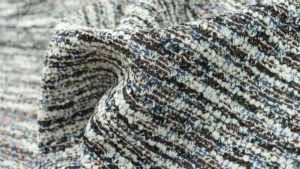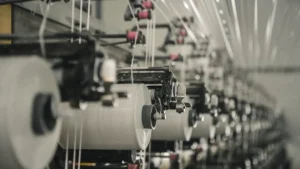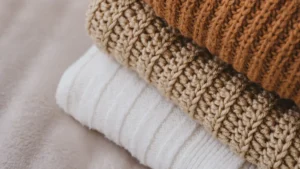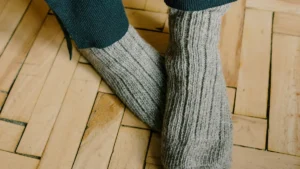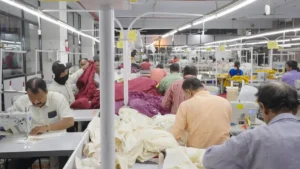
Imagine finding secrets in old knitting from long ago. Forensic knitting helps you do just that. By looking at old knitted items, you can learn how they were made, what they were made of, and why they mattered. Each stitch shares a story about the tools, skills, and lives of the makers. By studying different knit patterns forensics, you learn how knitting changed over time and in different places. What can these patterns show you about history and the people who made them?
Key Takeaways
Forensic knitting shows the skills and tools knitters used long ago. Each stitch shares a story about the maker’s life and materials.
Modern tools make forensic knitting better. Things like 3D imaging and light analysis help study old items without harming them.
Knitting patterns show history and culture. They reveal how trade, travel, and social roles shaped knitting styles.
Old knitted items teach us about history. For example, knitting was useful for daily needs and secret messages during wars.
Saving knitted items is very important. Taking care of them helps future people learn about past knitters’ stories and skills.
Tools and Methods in Different Knit Patterns Forensics
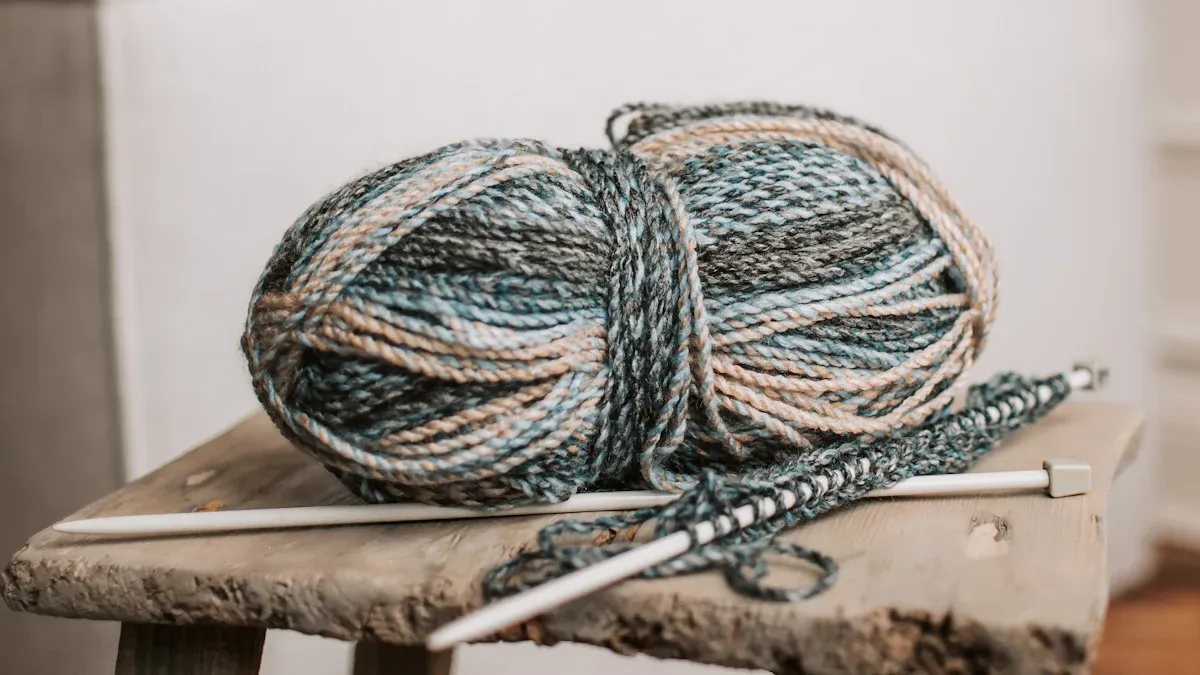
Analyzing Stitches and Construction Techniques
Looking at old knitted items can teach us a lot. The stitches show how skilled the knitter was and what tools they used. Forensic knitting starts by identifying stitch types like garter, stockinette, or lace. These patterns explain if the item was useful, fancy, or for special events.
Projects like the Eleonora Project show how experts study old knitting. Researchers examined Eleonora di Toledo’s burial stockings. They used her skeleton to guess leg sizes and recreated the stockings using old knitting methods. This shows how combining facts with old techniques helps bring history back to life.
You can also learn about early knitting tools. Old records and art show knitting needles made from different materials. Thin needles were used for silk stockings, while thicker ones worked for wool clothes. These details reveal what knitters had and why their craft mattered.
Evidence Type | Description |
|---|---|
Historical Techniques | Long-lasting wool was chosen for its strength and smoothness. |
Archival Records | Old documents mention knitting needles and their artistic designs. |
Cultural References | Songs and poems talk about needles used for silk knitting. |
Archaeological Findings | City digs uncover yarn types and knitting tensions. |
Comparative Analysis | Old examples help classify knitting methods and styles. |
Identifying Yarn Types and Fiber Origins
The yarn and fiber used in knitting tell important stories. Forensic knitting often identifies materials in old items. Wool, silk, and cotton were common choices for different reasons. Wool kept people warm, silk added beauty, and cotton lasted a long time.
Modern tools like spectral analysis make fiber identification easier. A database with over 20,000 fibers helps compare samples accurately. This shows if fibers were local or traded from far away. For example, Spanish wool or Chinese silk shows how trade influenced knitting styles.
Researchers also test yarns with old patterns to recreate garments. Using similar fibers helps understand how they looked and felt. This process shows the challenges knitters faced and their clever solutions.
Leveraging Modern Technology in Forensic Knitting
New technology has improved forensic knitting. High-resolution images and 3D models let experts study items without harming them. These tools show small details like stitch tension and wear marks.
Digital tools are also helpful. Databases store old knitting patterns, letting researchers compare items from different places and times. This helps find trends in knitting styles. Similar patterns across Europe show how ideas spread through trade and travel.
The Eleonora Project is a great example of using technology. Experts combined old records with modern tools to confirm their findings. This method protects artifacts and helps us learn more about their history.
Tip: Technology doesn’t just save history—it makes it exciting. Mixing old methods with new tools reveals hidden stories in every stitch.
Historical Discoveries Through Forensic Knitting
Reconstructing Medieval Knitting Techniques
Medieval knitting shows how people worked without modern tools. By studying old knitted items, we learn about their designs. Forensic knitting helps us understand how these items were made. Researchers have studied medieval caps and stockings to find unique methods. These items often had small, tight stitches needing great skill and time.
One exciting find is the “Coptic sock” from ancient Egypt. Experts think it was made using nålbinding, an older technique than knitting. Recreating this sock with similar tools shows how knitters solved problems. This also shows how knitting changed by mixing old and new ideas.
Insights from 19th-Century Lace and Stocking Patterns
The 19th century was a special time for lace and stockings. Knitters made detailed designs showing their creativity and skill. These patterns teach us about the culture of that time. For example, lace designs often meant elegance and were used for fancy events.
Forensic knitting has found amazing details in these patterns. Many lace designs copied nature, like flowers and leaves. Stockings were both useful and pretty. Rich people wore stockings with fancy designs, while workers had simpler ones. Recreating these items shows the materials and methods used for delicate results.
The Role of Knitting in Wartime Espionage
Knitting had surprising uses during wars. In World Wars, knitters made socks and scarves for soldiers. Some also used knitting to send secret messages. Patterns were changed to hide information for spies.
Belgian women in World War I are a famous example. They knitted near train stations and watched enemy movements. By adding or dropping stitches, they recorded troop actions. These coded messages were shared with resistance groups. This clever use of knitting shows its importance in history.
Note: Knitting isn’t just a craft. It’s a way to learn about creativity, strength, and smart ideas from the past.
Cultural and Historical Significance of Knitting Patterns
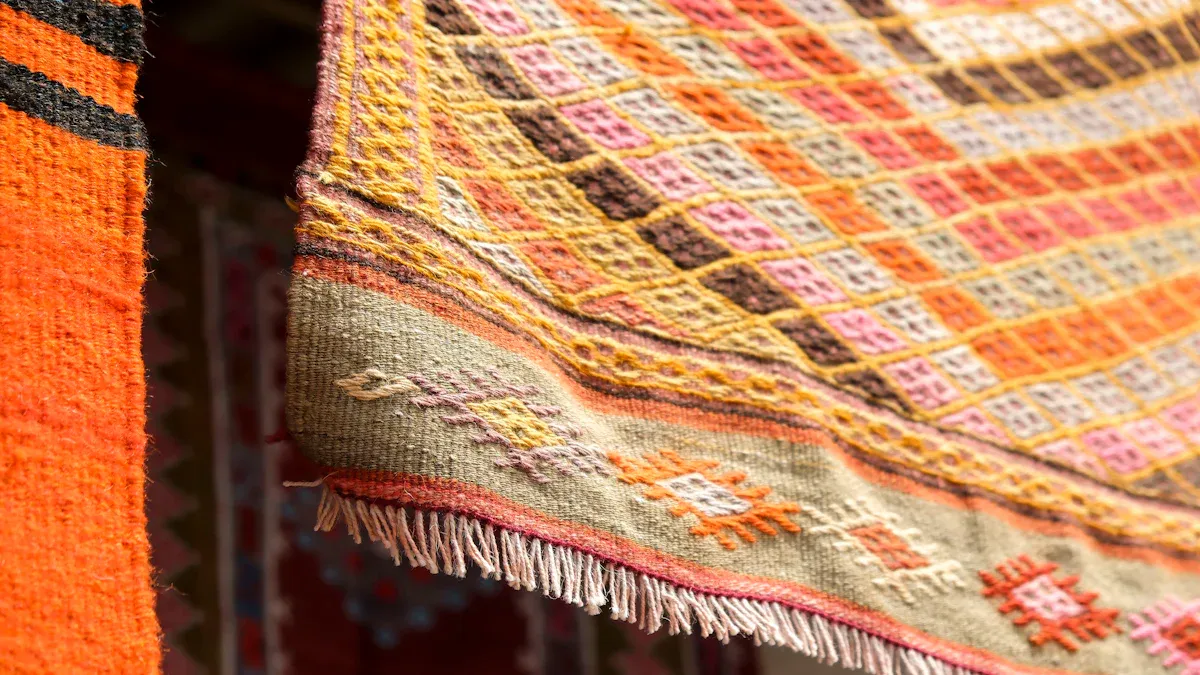
What Patterns Reveal About Social Roles and Daily Life
Knitting patterns show how people lived and worked together. In many places, knitting wasn’t just a hobby—it showed who you were. Women often used knitting to be creative and help their families. Simple patterns were for daily use, while fancy ones were for special events. For example, a plain scarf was practical, but a lace shawl showed beauty.
Knitting also brought people closer. In knitting groups, people shared ideas and stories. These gatherings weren’t only about making clothes—they built friendships. Over time, women changed how they saw themselves through knitting. This shows how knitting shaped daily life and social roles.
The Influence of Trade and Migration on Knitting Styles
Trade and travel changed how people knitted. When people moved, they shared their patterns and skills. This created new designs by mixing different traditions. For example, Scandinavian patterns use shapes, while Andean ones have bright colors and animals. These styles show the culture of each place.
Trade also brought new materials. Silk from China and wool from Spain became popular. These fibers made stronger and more detailed clothes. By studying these patterns, we see how trade connected the world and changed local knitting.
Knitting as a Reflection of Historical Events and Movements
Knitting often shows what was happening in history. During World War I, people knitted socks for soldiers. Special patterns were made for the military, making knitting patriotic. In World War II, knitting became even more important. It gave people hope and purpose during hard times.
Knitting was also used to send messages. Some patterns had hidden symbols or meanings. These designs showed how people felt during tough times. Forensic knitting helps us see how history shaped knitting and how knitters reacted to the world.
Tip: When you see an old knitted item, think about its story. Every stitch connects us to history.
Challenges in Forensic Knitting
The Impact of Time and Wear on Knit Artifacts
Time changes every knitted item, from lace to wool clothes. Old textiles may lose color, weaken, or have missing stitches. These changes show how wear and the environment affect them. Cool, dry, and dark places help preserve textiles. Some survive in unusual spots like wet areas or acidic bogs.
Modern tools like x-rays and micro CT scans study these changes closely. Radiocarbon dating tells the age of knit items and their history. For example, a family blanket may show wear that tells its story over time.
Tip: Handle knit items carefully. Keep them away from light and moisture to protect them.
Gaps in Historical Records and Context
Missing records make forensic knitting harder. It’s tough to know where some patterns or techniques started. Comparing similar items from different places and times helps fill in the blanks.
Factor | Description |
|---|---|
Nature of donor garment | Fiber type and fabric texture affect fiber transfer. |
Fibers shed quickly at first, then stay longer in different ways. | |
Differential shedding | Different fibers shed at different rates over time. |
These factors show how tricky it is to study knit items. Researchers use small clues to piece together each item’s story. Forensic knitting mixes science with creativity.
Ethical Considerations in Handling Historical Textiles
Studying old textiles means balancing research and preservation. Fragile knit items often hold cultural or personal meaning. Damaging them risks losing important history.
Non-invasive tools like 3D models and digital images help study items without harm. These methods protect artifacts while revealing their secrets. Respecting the cultural and historical value of textiles ensures future generations can enjoy them.
Note: Caring for knit items honors the skill and stories of their makers.
Forensic knitting saves textile history and links us to past lives. Every stitch shares a story, showing the maker’s skill and strength. Knitting patterns are both art and history, reflecting culture and change.
Tip: Studying old knitting reveals more than just how it was made. It shows the beliefs, challenges, and successes of people from long ago.
Value the importance of knitting. It’s more than a craft—it connects us to history, filled with human stories.
FAQ
What is forensic knitting?
Forensic knitting studies old knitted items to learn their history. It mixes science, art, and history to show how people made and used these textiles long ago.
How do experts analyze old knitting patterns?
Experts look at stitches, yarn, and how items were made. They use tools like microscopes, 3D imaging, and spectral analysis to study without harming the items.
Can forensic knitting recreate lost patterns?
Yes! Researchers study old textiles and use similar materials. This helps them remake patterns and understand how they looked and worked.
Why is knitting important in history?
Knitting shows culture, trade, and daily life. It reveals how people solved problems, shared ideas, and stayed creative. Some patterns even hid secret messages during wars.
How can you preserve old knitted items?
Keep them in cool, dry, and dark places. Avoid sunlight and moisture. Wrap them in acid-free paper and handle them carefully to protect them.
Tip: Always honor the history of these textiles. Each piece shares a special story about its maker and time.



